28 pages • 56 minutes read
Virginia WoolfThe Duchess and the Jeweller
Fiction | Short Story | Adult | Published in 1938A modern alternative to SparkNotes and CliffsNotes, SuperSummary offers high-quality Study Guides with detailed chapter summaries and analysis of major themes, characters, and more.
Literary Devices
Interior Monologue
Interior monologue is a narrative technique that presents the unspoken, conscious, thoughts of a character. This is a powerful device for conveying a character’s motivation and frame of mind. In interior monologue, sometimes called internal monologue, the reader can “overhear” a character’s internal thoughts. For example, the reader has access to Oliver’s thought process during his morning routine as he reflects, with pleasure how, as his wealth increased, “he dressed better and better; and had, first a hansom cab; then a car; and first he went up to the dress circle, then down into the stalls” (249). From this, we learn that Oliver values material wealth.
Interior monologue can be presented directly, as in first-person interior monologue. This happens when Oliver thinks about the Duchess’s gambling debt, reflecting:
Been gambling again, had she?
[…]
The man with the chipped cheek bone? A bad ’un. And the Duke was straight as a poker; with side whiskers; would cut her off, shut her up down there if he knew—what I know (252).
Oliver’s thoughts are presented directly here, giving readers the impression they have access to the unfiltered thoughts of his character. First-person interior monologue is a common Modernist technique.
Related Titles
By Virginia Woolf

A Haunted House and Other Short Stories
Virginia Woolf

A Room of One's Own
Virginia Woolf

Between The Acts
Virginia Woolf
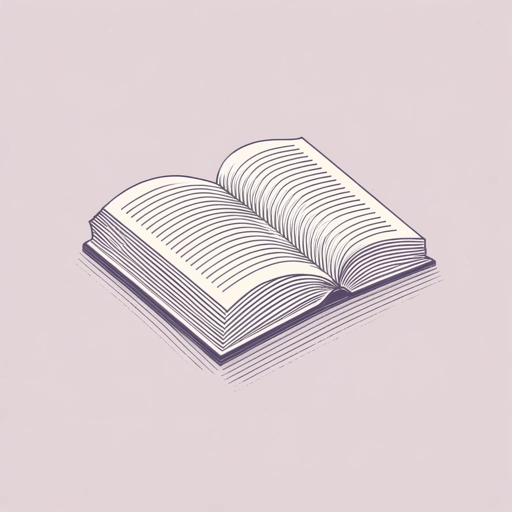
How Should One Read a Book?
Virginia Woolf

Jacob's Room
Virginia Woolf

Kew Gardens
Virginia Woolf

Modern Fiction
Virginia Woolf

Moments of Being
Virginia Woolf
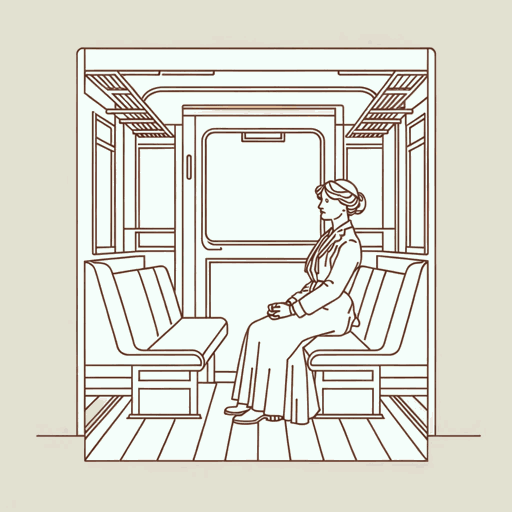
Mr. Bennett and Mrs. Brown
Virginia Woolf

Mrs. Dalloway
Virginia Woolf

Orlando
Virginia Woolf

The Death of the Moth
Virginia Woolf
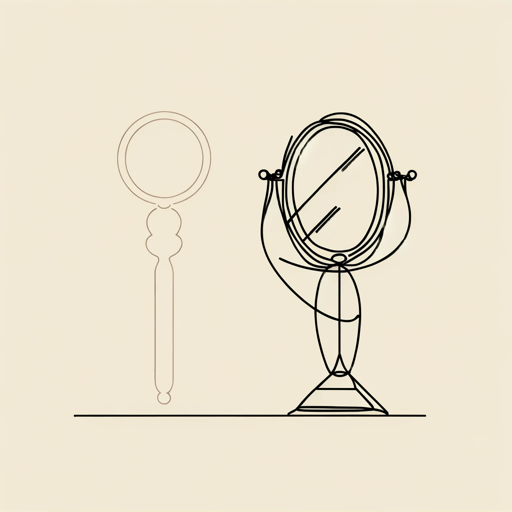
The Lady in the Looking Glass
Virginia Woolf

The Mark on the Wall
Virginia Woolf
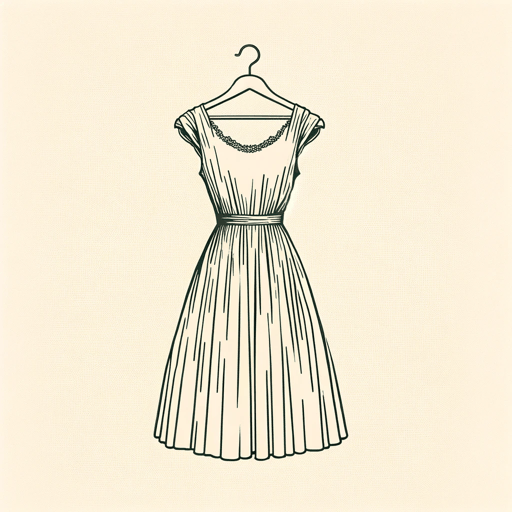
The New Dress
Virginia Woolf

The Voyage Out
Virginia Woolf

The Waves
Virginia Woolf
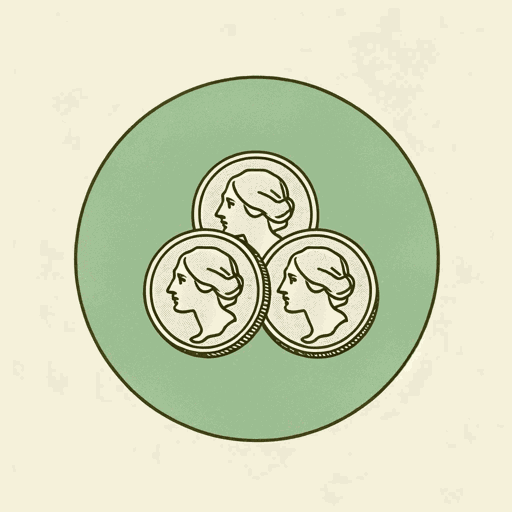
Three Guineas
Virginia Woolf

To the Lighthouse
Virginia Woolf

